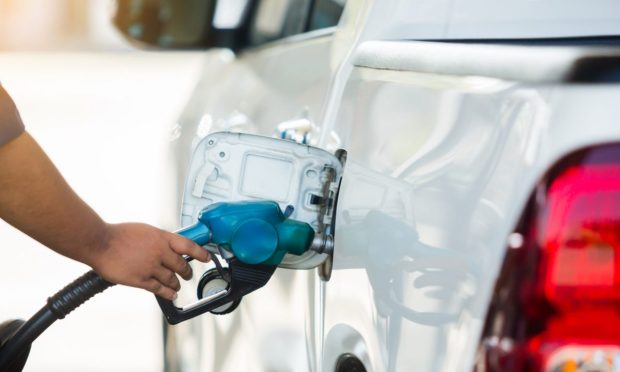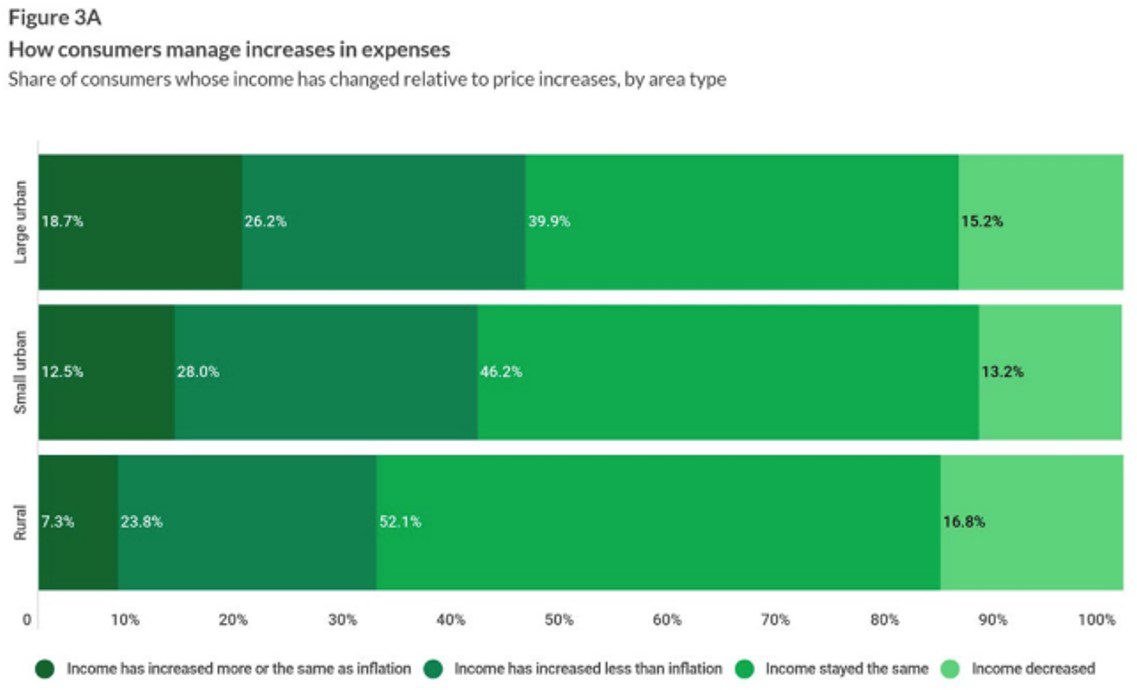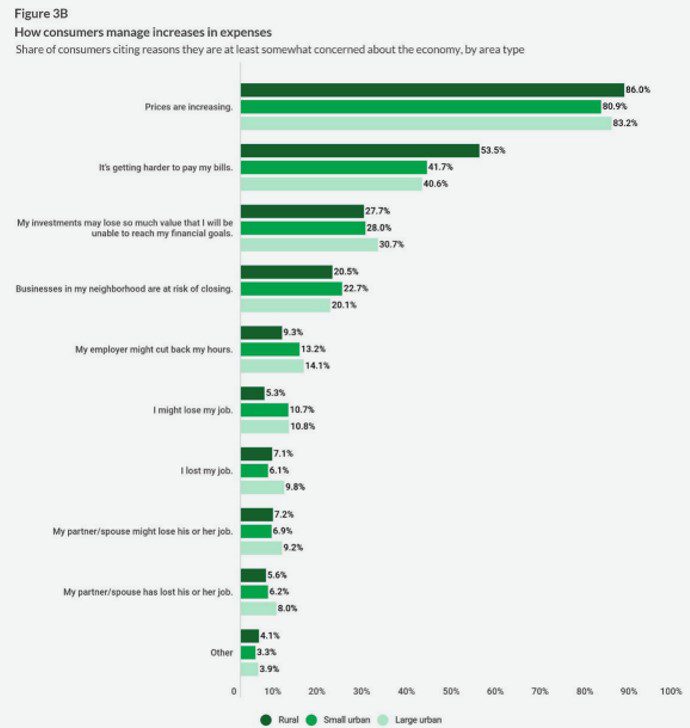54% of Rural Residents Hit Harder by Inflation Than Urbanites

The affects of inflation may be felt by everyone, but new research shows that the depth of the impact varies widely, particularly for those living in rural areas who are feeling the burden of historic cost-of-living increases far more than their urban counterparts.
Delving into the PYMNTS study “Consumer Inflation Sentiment: Inflation’s Long Consumer Spending Shadow,” based on surveys of 2,467 U.S. consumers with assorted financial lifestyles and in different regions of the country, the range of effects was made clear.
As the study states, “one-third of consumers are having trouble paying their bills, and two-thirds believe it will take another 18 months before inflation rolls back to 2021 levels.” Where they live correlated to those outlooks, as seen in the new data.
Get your copy: Consumer Inflation Sentiment: Inflation’s Long Consumer Spending Shadow

For all its pastoral benefits, rural living is proving a bigger foe to consumers in these areas than in more densely populated parts of the country.
Per the study, “Rural households are experiencing more difficulty paying their bills, with 54% of rural residents surveyed reporting these difficulties as a driver of concern versus 41% of those living in large urban areas and 42% of those residing in smaller urban areas.”
In the detailed breakdown, we find rural consumers reporting the biggest impacts of price increases, making bill payment more difficult and stoking other financial fears. For example, “89% of rural respondents have noticed an increase in gas prices, as opposed to 75% of those who live in large urban areas and 82% of those who live in smaller urban areas.”
See it now: Consumer Inflation Sentiment: Inflation’s Long Consumer Spending Shadow

